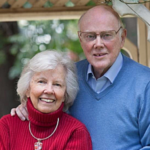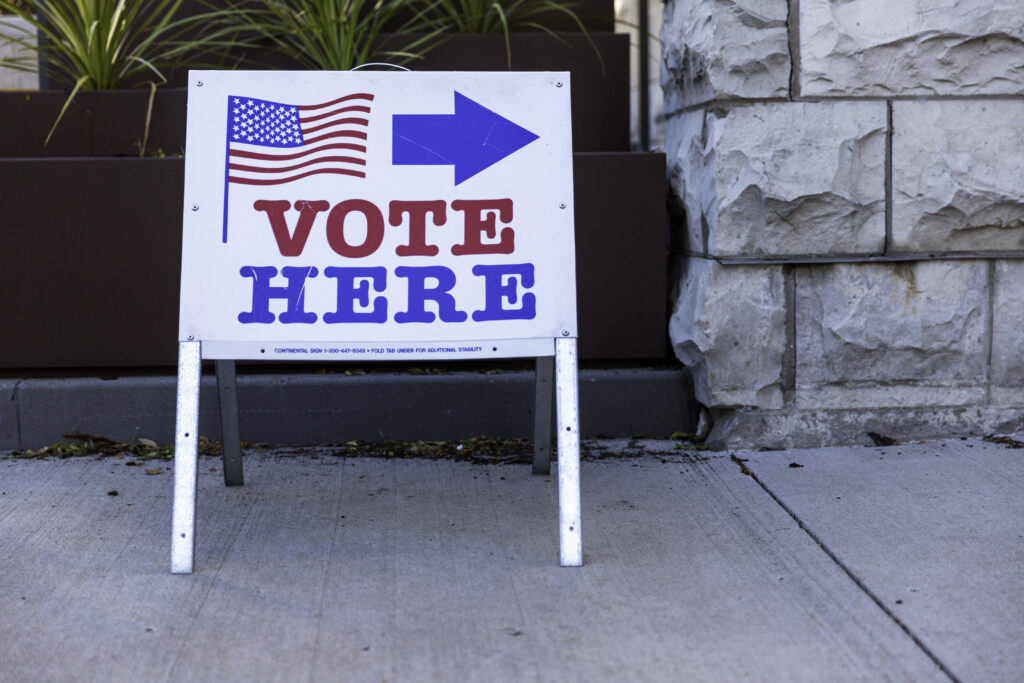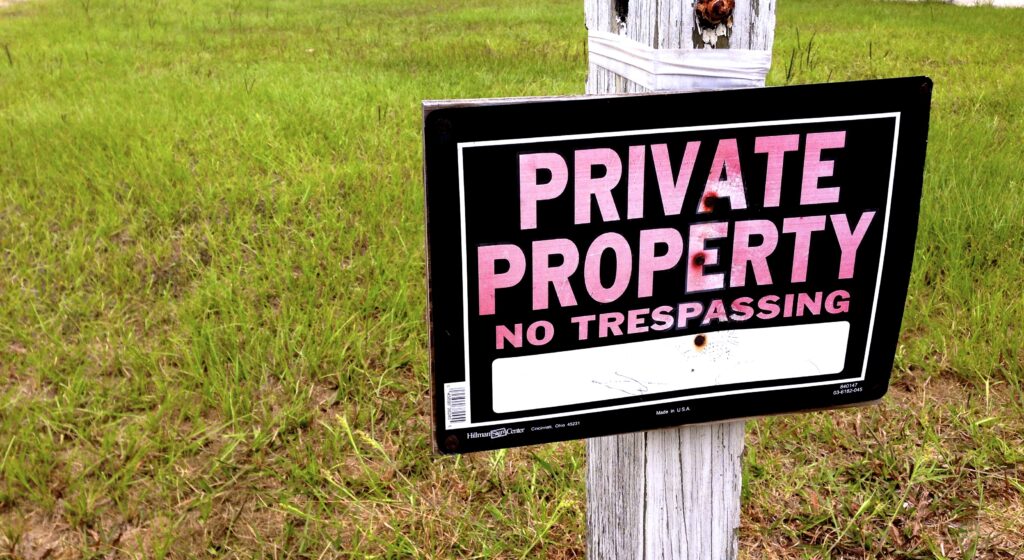The creation of the limited-agenda convention, which appeared to be an effective response to the fear of a runaway convention, had a severe unintended consequence: it has crippled the Article V reform movements by complicating the problem of calling a convention. When we compare the process of calling a limited-agenda convention with an open one, you will see why.
The Process for Calling a Limited-Agenda Convention
- Each Reform Group must work independently, approaching a legislature, presenting their issue-specific amendment proposal(s) and convince the legislative leaders of the merits of their program.
Legislative leaders are very busy people, particularly when they are in session, and the Reform Groups’ first task is to manage to arrange enough “face time” with them to accomplish the following steps.
- Convince the leaders that there is a compelling need for their proposed reform, and their solution is the best of the available alternatives. This will require a working knowledge of the alternatives and mastery of the arguments in favor of the proposals.
- If the reform program includes two or more amendments, repeat step 2 for each of them.
- Convince the leaders to sponsor an application and get the support needed to pass the resolution.
- After achieving success with this legislature, move to another state and repeat the above process.
- Each of the Reform Groups (there are more than 10) must repeat this at least 33 more times. If they all pursue their goal to completion, it will total more than 340 political encounters in state capitals, with each one probably requiring a few weeks of effort!
The Process for Calling an Open (plenary) Convention
- To call an open convention, we start with approximately 30 state applications that were passed in previous years (the Archived Applications) and can be aggregated with new applications. Just one Reform Group could begin by approaching those 30 states and ask them to confirm their support for a convention (this task could be broken down and the work shared among Reform Groups); then they would call on other states to seek new applications until they had 34 in total. The number of new states required is only a guess, but we estimate that six might do the job.
- In all discussions with states, allay the fears of a runaway convention by convincing them that this fear is not supported by the facts. The high bar for ratification of an amendment by at least 38 states is ample protection against a damaging proposal. This high bar would require a strong national consensus in favor before 38 states would venture to ratify it. Consequently, a limited-agenda is not only not required, it is an obstacle to a fully effective convention.
- When calling on new states, the Reformers would not present specific reforms for approval; they would only need to convince the leaders that our dysfunctional federal government is ineffective, needs a thorough house-cleaning, and there are many serious reform proposals available to consider. Since there is widespread agreement in the country that the federal government is broken, this should not be difficult. There is no need to convince the leaders of the superiority of any single reform idea, which the limited-agenda approach requires. The arguments for and against each reform do not need to be addressed in the state capitals; those discussions are delayed until the open convention convenes.
- Only one application is required from each new state. That is a total of 36 political encounters in state capitals, not 340!
Work at the Convention
The work undertaken at the convention will be determined by which type was called: if it is a limited-agenda convention, only the issues specified in the authorizing applications may be addressed, but if it is an open (plenary) convention, any proposal may be presented to it that meets the criteria adopted in the rules for that convention.
All of the interested parties (state delegates) will be assembled in one location and they will engage in free and open debate, exchanging ideas on best solutions to each problem presented. The work done at state capitals by Reform Groups will likely be of little value at the convention. The convention may approve a proposal as submitted, approve it with modifications, or reject it. This is an effective process, and promises to find the best available solutions to our problems.
Proposed amendments that are approved would be submitted to the 50 states for consideration and possible ratification.
State Legislature Workload
The workload on state legislators is strikingly different under the two approaches to calling a convention. For a limited-agenda convention, 34 legislatures must, in addition to their normal busy workload, entertain every Reform Group (of which there are more than ten) for in depth study of specific amendment proposals.
For an open convention, approximately 30 legislatures will be asked to simply confirm their previously submitted application, and perhaps six additional states must entertain one Reform Group to consider the need for federal government reform in general terms (no commitment asked on any specific reform proposal). Compared to the limited-agenda workload, this is a walk in the park.
An Easy Choice
The process required to call a limited-agenda convention is daunting and gives a Reform Group little assurance of even getting to a convention. Calling an open convention is much easier, more efficient, and holds the promise of better results. An open convention is our obvious choice.





